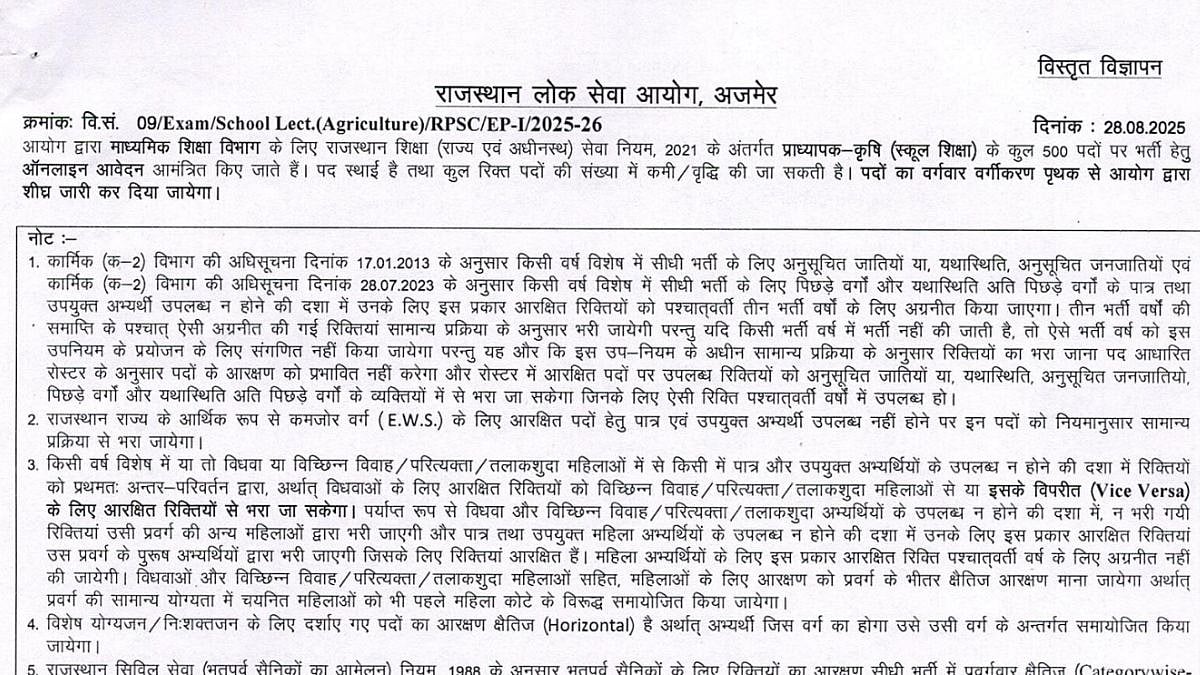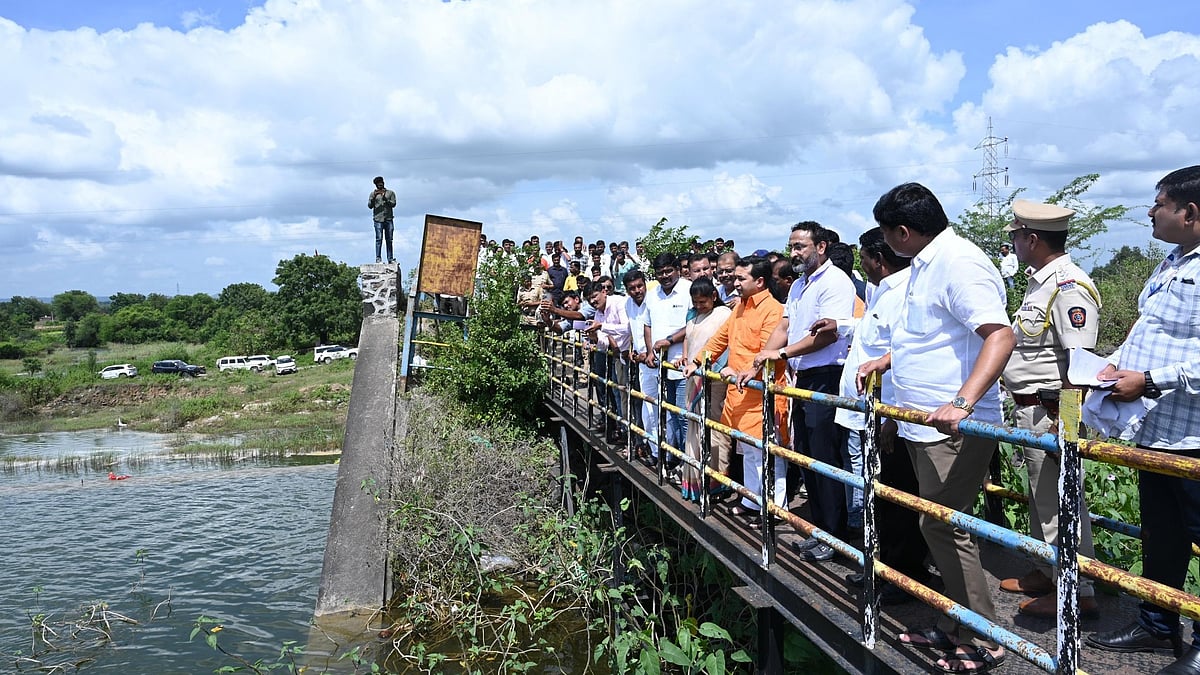A future with technology in the auto sector is promising and ambitious. However, it also has technological, non-technical and legal challenges to overcome. To reap the benefits of of self-driving vehicle technology, these need to be addressed.
Self-driving vehicles (SDVs) and Electric Vehicles (EVs) hold significant promise for improving road efficiency, reducing traffic accidents, increasing Gross Domestic Product (GDP) and lowering the carbon footprint. However, they have faced opposition from many groups who believe that they are unsafe, vulnerable to hacking, endanger jobs or increase environmental pollution due to more driving as a result of their convenience.
To get the most out of SDVs and EVs while avoiding some of the pitfalls, it's critical to analyze the probable challenges that may crop up in the future and what efforts are required to prevent them.
Technology and Orientation
The orientation problems that autonomous cars face are caused by a variety of variables. Dynamic road scenarios such as road diversions, construction sites and missing road signs and markings are the primary cause of this problem.
Different companies have used a variety of techniques to tackle this problem. For example, the real-time image processing and machine learning technique used in certain EVs has several advantages. It makes it possible for the vehicle to respond to changing environmental circumstances. Despite its complexity, this method eliminates the vehicle's reliance on out-of-date maps.
LIDAR (also known as light detection and ranging) is used by auto-companies to create a pre-recorded 3-dimensional map of their surroundings. Using the pre-recorded map and LIDAR technology, the car recognizes changes in the environment and responds appropriately. Despite the high expense of LIDAR equipment and recording maps, this method is quite reliable.
Creating intelligent settings is another way to solve the orientation challenge. The vehicle is alerted to respond to the changes posed by the environment. This strategy also includes a "Vehicle-to-Everything (V2X) suite." It is utilized by some auto companies in their automobiles. These vehicles use smart traffic signals to conduct "Vehicle-to-Infrastructure (V2I)" testing. The complexity of autonomous vehicle systems is reduced by this strategy of developing intelligent settings.
Financial challenges and solutions
Because of the technology and components utilized in vehicles with higher levels of automation, such as sensors and communication devices, these features may only be offered in premium vehicles, raising concerns regarding the affordability for end-users. The usage of a hiring (ridesharing) model for vehicles managed by for-profit firms could be one of the possible remedies for increasing expenses. This model is used in robo-taxis which could result in a cost distribution across a huge number of people.
The biggest contributor to avoiding high prices would be the utilization rate of robo-taxis, which is the time spent by the vehicles in transporting passengers. According to an analysis of the costs associated with robo-taxis applying the ridesharing model, the percentage is currently at 50 per cent for modern taxis.
Without human bias, self-driven cars would save on ancillary costs related to manual driving. Some instances of these include fines for say, jumping the red light, parking fines, lower insurance cost, lower fuel cost, among others. Similarly, the cost for EVs could also be reduced through a variety of practices, such as domestically manufacturing battery components rather than importing them, shortening the supply chain to eliminate intermediaries and unnecessary processes, relaxed Government policies and overall infrastructural impetus. Furthermore, ridesharing for both EVs and SDVs would enable a further cost reduction.
Having said that, even though driverless car firms have made incredible progress in technology, fully autonomous cars may take a while to be adopted by the general public. Though the technology is evolving, the public must be prepared to use it. To ensure a smooth development of technology at reduced prices, the problems mentioned above must also be overcome.
(Sunil Gupta is MD & CEO, Avis India)









